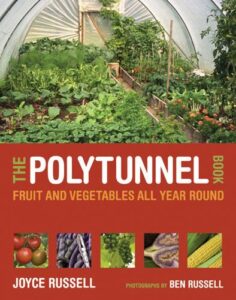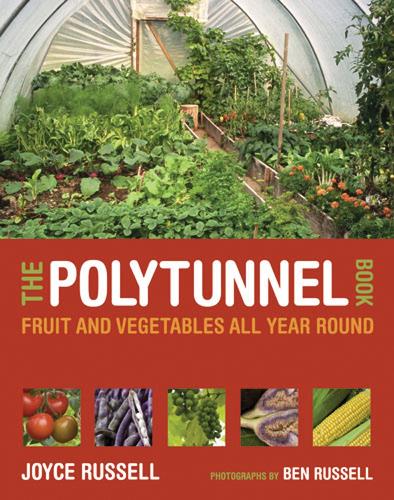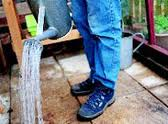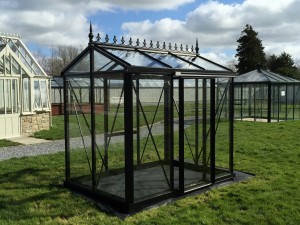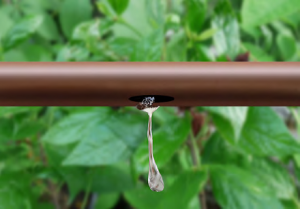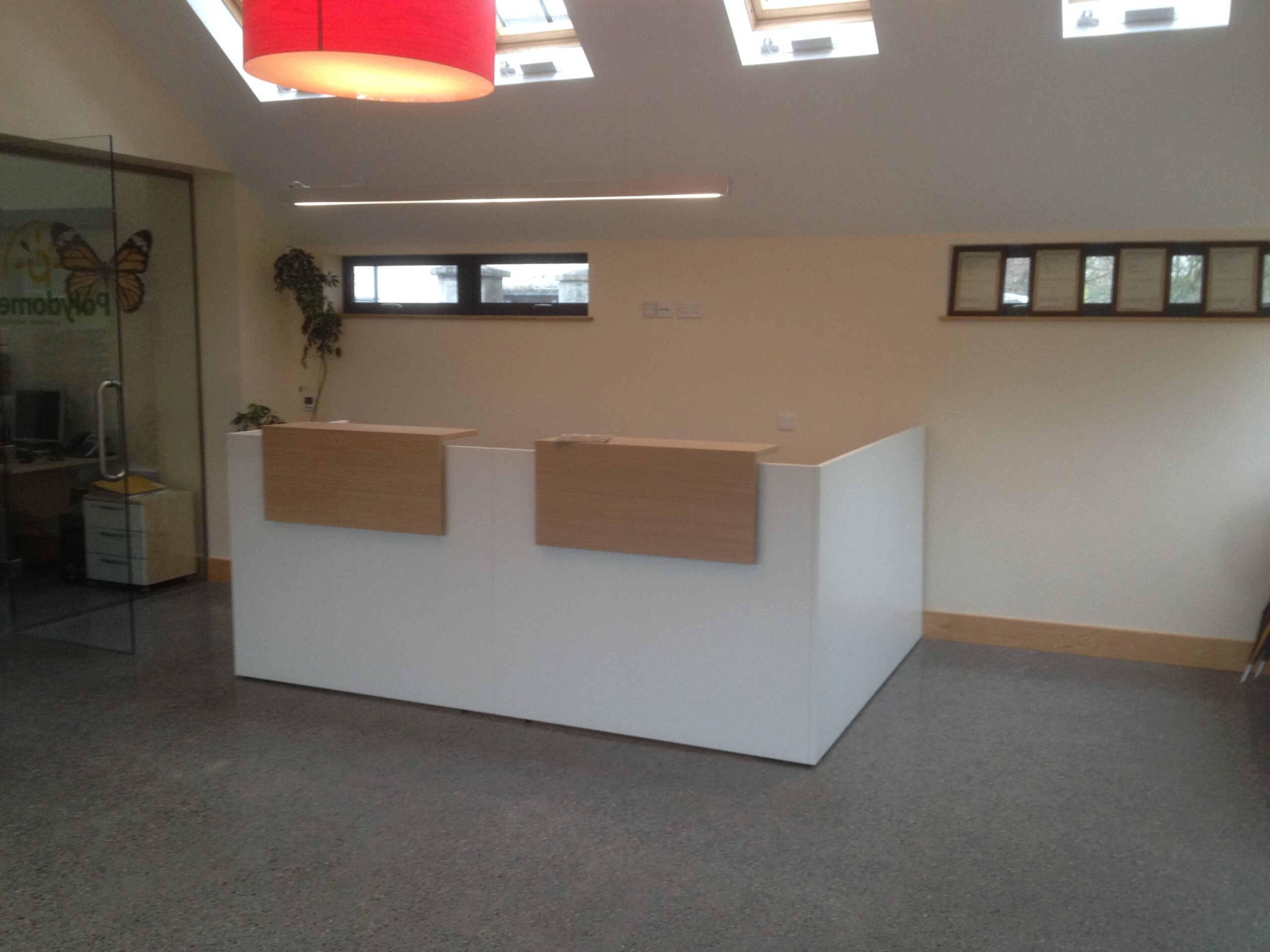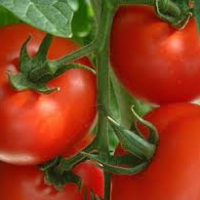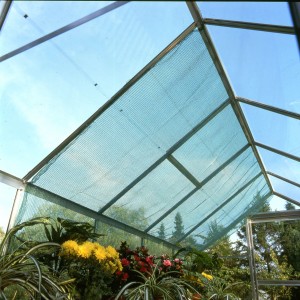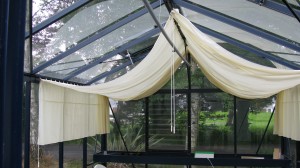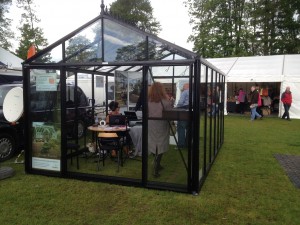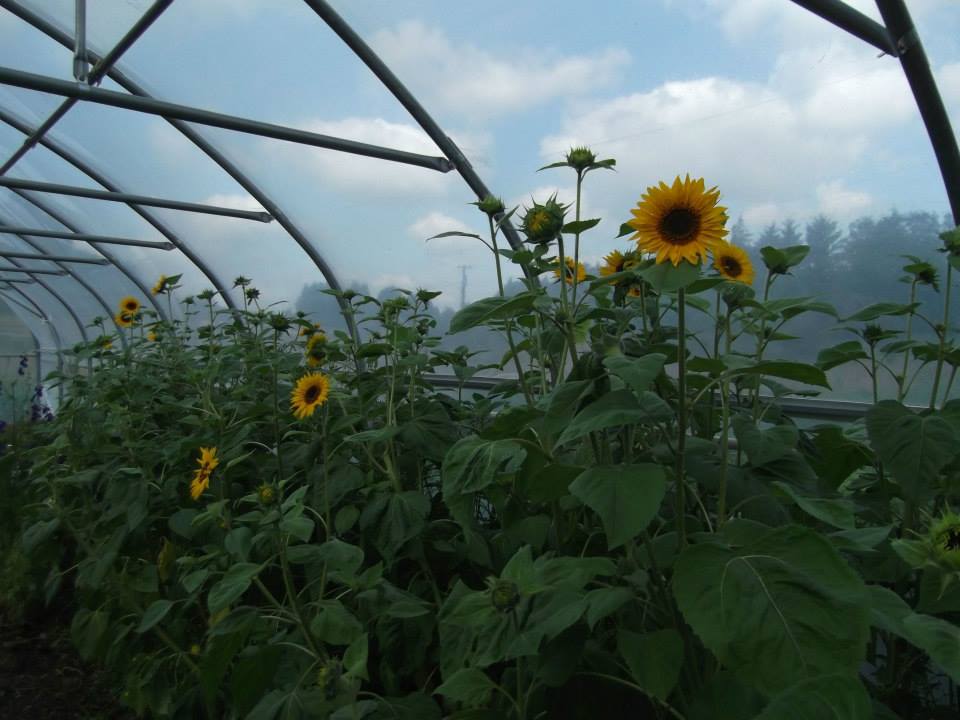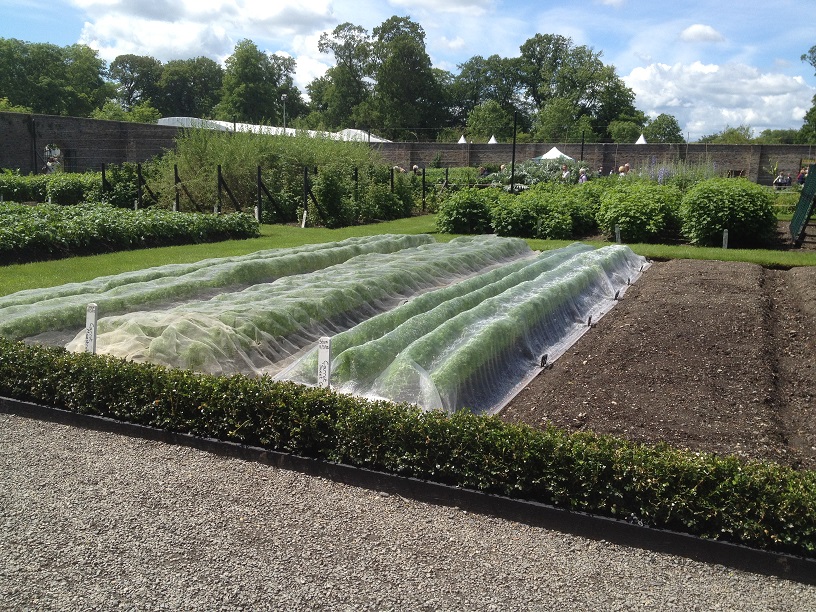A Polydome customer asked recently: “What books are available on using greenhouses?” Since you need to know how to get the best from the greenhouse you buy, it’s worth checking out. And it’s good to read up on crops and techniques you haven’t tried yet.
One of the best-selling books is Dr. D. G. Hessayon’s The Greenhouse Expert. One of a large series of titles on gardening, it is widely stocked in bookshops and garden centres and normally not too expensive. It is well laid out, and the comprehensive index at the back allows you find whatever information you need quickly and easily. Ornamental and flowering plants are covered in detail and vegetables and fruit in less detail. On the debit side, it is geared almost exclusively to glasshouse gardening with only a nod to polytunnel use.
For polytunnels you might try The Polytunnel Book by Joyce Russell (published by Frances Lincoln). It is well laid out and illustrated, and highly practical, with a good but slightly complicated index. Subtitled fruit and vegetables all year round it does what it says on the cover. Flowering and ornamental plants don’t figure at all.
Many more titles are available in bookshops. Bear in mind that books published for the United States market relate to climates often very different from ours, and quote figures in inches and pounds.
There’s nothing like browsing bookshelves and seeing a book’s contents before you buy, but you could try online sites such as the Royal Horticultural Society’s bookshop at https://www.rhs.org.uk/about-us/what-we-do/publications/books or the likes of Amazon at http://www.amazon.com/s/ref=nb_sb_noss_1/177-7057071-0199916?url=search-alias%3Daps&field-keywords=greenhouse+books , or type ‘greenhouse books’ into a search engine.

